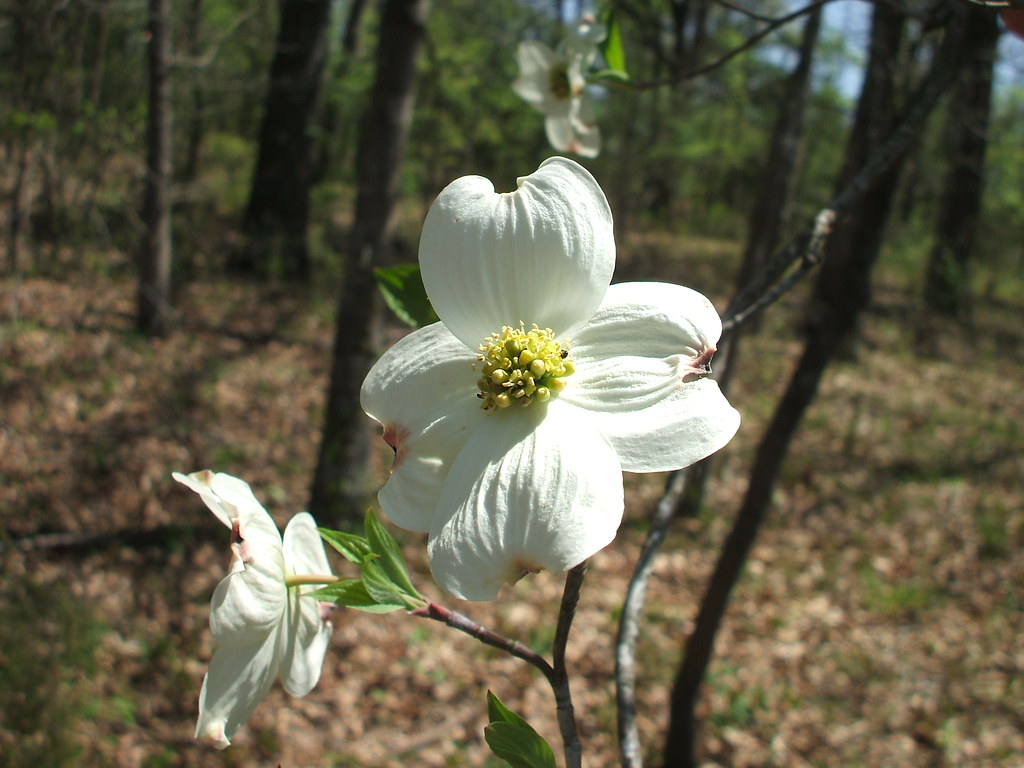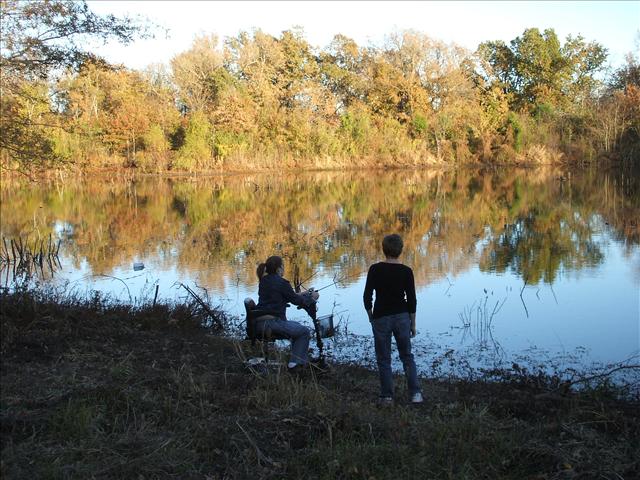Saturday, May 16, 2009
Rain, rain, go away ...
Rain is the bane of my attempts to work on the woodlot right now with 13.2" so far this month and we were double the average last month. May is usually the last chance to work outside before it gets hot in Texas. I managed to go out and check on conditions. The pond is way up and flooding where the dead oaks are located. We finally have definitive proof of why that is happening. Full pool only occurs in the spring and saturates the soil enough to kill the post and willow oaks. I will need to plan for planting more cypress or another water loving tree there next year as these trees desintegrate and rot. A high water level is killing my newly planted cypress and mayhaw seedlings. They can stand flooding as long as their tops are above the surface. Mortality will be higher, but I expected some. They don't last long when they are a foot under the surface. A lone, sick hickory was the only casualty from the severe thunderstorms. Hopefully, the place will dry out some soon so that I can saw up the rest of the dead eastern red cedar and start on my forestry projects of releasing some sapling areas and culling some damaged trees for firewood and saw up some wood for a dock.
Friday, May 1, 2009
What is a woodlot?
Many farmers in the northeast and midwest know the answer to this question. Landowners in the west will quickly understand that their land is could be considered a woodlot. I have not heard anybody in the South consider their property a woodlot, not even the patch of woods left uncleared at the back of a pasture. A woodlot is a wooded area used by the owner to supply various forest products for sale or use. The various uses range from simple firewood and wildlife uses, to intensive timber management including clearcutting and replanting. I consider most of our property our Texas woodlot because it fits into these ideals, even if Texans seldom use the term woodlot. Texas forestry revolves around plantations and tree farming. I have taken on the mantle of woodlot because of my intended uses and strategies. I plan on using the woodlot for firewood, wildlife, refreation, and personal timber production. Generally, a plantation is intended for timber production only with a possible chance at wildlife in the form of a deer lease for extra income. I do not understand whythe Texas Forest Service is behind the curve on woodlots. Parcelization and the large number of private landowners leaves a lot of unmanaged timber in Texas. Forestry can be performed on small properties in Texas, and I aim to prove the Texas Forest Service wrong.
Subscribe to:
Posts (Atom)

